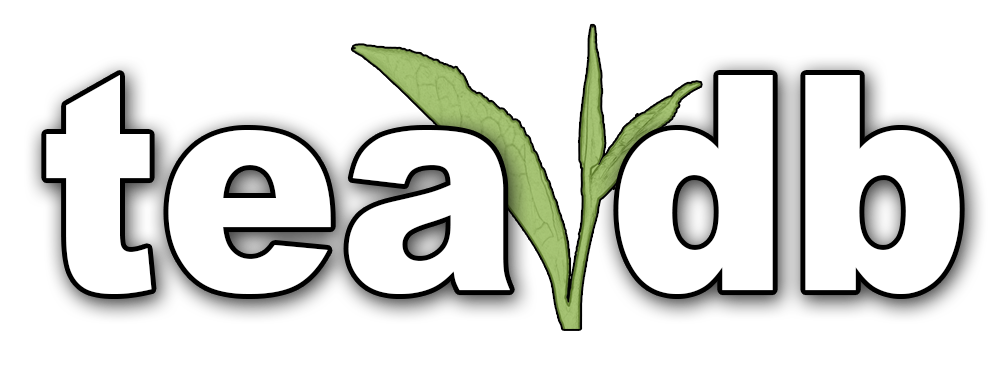Denny and James review a ripe pu’erh from the Taiwanese boutique label Xi Zi Hao (Sanhe Tang). Acquired from Hou de Asian. The tea has been lightly ripened and uses better base material than most ripe pu’erh. A very good and interesting tea.
Tag: Hou de Asian Art
-
![Mature Pu’erh [November 2014 Tea Drinking Report]](https://teadb.org/wp-content/uploads/2014/05/ripe-puerh3-940x198.jpg)
Mature Pu’erh [November 2014 Tea Drinking Report]
In the month of November 2014, the tea of the month was Mature Pu’erh. During this month, I had Mature Pu’erh at least once a day (unless totally unfeasible). I’ll still consume other teas, but the primary focus is understanding and building a palate for a specific type/genre/region of tea through repetition. This is the most personal blogging type style of post for TeaDB, and the goal is to stretch my palate as well as give recommendations to interested parties.
Vendors ordered from:
-

Pu’erh Vendor Guide
Pu’erh is a hot tea. In the past 15 years it has moved beyond its longtime audience in Hong Kong and Taiwan into mainland China, the rest of Asia and more recently the west. With Ebay, Taobao, and the ever-growing worldwide marketplace, options for buying pu’erh online have exponentially increased in the last ten years. Pu’erh is even sold as a dieter’s tea to more “ordinary” consumers in the west. This dynamic marketplace has spawned both monstrous creations as well as very high-quality tea. The specialized vendor scenes tends to be different for pu’erh compared with vendors for other teas, i.e. Taiwanese Oolongs. This guide will attempt to highlight the various options available to the western consumer. This guide disregards any offline options (i.e. Chinese supermarkets). (more…)
-

Pu’erh Compendium
White Tea. Green Tea. Oolong Tea. Black Tea. Yellow Tea. Pu’erh Tea? A weird outlier in the tea world, pu’erh is a weird, unntuitive name for an odd-ball in the tea world. Pu’erh represents both an ancient tradition of tribute tea, as well as a fast-moving, contemporary urban trend. So what is Pu’erh tea? Pu’erh tea not only represents a processing method and location (two actually!), but a successful marketing campaign that is mirrored by the chaotic tea marketplace that surrounds it. (more…)
-
Aged Oolongs [March 2014 Tea Drinking Report]
Since the beginning of 2014, I’ve dedicated each month to a specific type of tea. This means I drink that genre of tea in some form at least once a day. This could mean gong-fu, grandpa, or even a cold-brew. I’ll still consume other teas, but the primary focus is understanding and building a palate for a specific type/genre/region of tea through repetition. This the most personal blogging type style of post for TeaDB, and the goal is to stretch my palate as well as give recommendations to those interested.
Primary vendors ordered from:
Also featuring:
-

Da Hong Pao, What’s in your Cup? Blending & Popular DHP Surrogates
Da Hong Pao (Big Red Robe) is one of China’s ten most famous teas, owns a mythic origin story and is as close to a household name as exists in tea. Given this, it is unsurprising that the name Da Hong Pao is a great marketing term for purveyors of tea. The name Da Hong Pao or Big Red Robe simply sells. Vendors are well aware of this and tea marketed as Da Hong Pao or Big Red Robe is often the only Yancha offering sold by generalist tea vendors. Obviously these teas are not the Da Hong Pao from the original bushes of the legend. So, what are these vendors selling as Da Hong Pao? A simple question, but the answer is complex and often ambiguous. (more…)
-

Wuyi Special Regions Feat. Zhengyan, Lao Cong, Huiyuan, Niulan Keng, Tianxin Yan
Wuyishan (Wuyi Mountain) is located in Northwest Fujian and is a naturally beautiful area with a great deal of nature and wildlife. This includes an impressive amount of biodiversity, due to the area’s naturally warm climate and a nutrient rich environment. In 1999 the Chinese government designated part of the Wuyishan area as Wuyi World Heritage Reserve (Zhengyan). Tea is well-represented in the world reserve, the Zhengyan region being the original home to countless tea cultivars. Despite having a somewhat low elevation (~300-700 m.) this terroir and Yancha’s complex processing make Yancha a unique and excellent tea. (more…)
-

Wuyi Oolong Compendium
Home to the original oolong tea and its fair share of tea legends, the Wuyi mountains house some of the world’s most sought after oolong teas . Although there are many types of tea grown in the Wuyi mountains (notably Lapsang Souchong/Jin Jun Mei), it is most famous for its oolong teas. Due to the mountainous area that the tea is grown, Wuyi Oolongs are frequently referred to as yancha or rock/cliff oolong tea. This terroir and Wuyi oolong’s firing/processing methods contribute to the very distinctive taste of Wuyi yancha (this is sometimes referred to as yanyun. (more…)
-

Taiwanese Tea Vendor Guide
There are a number of vendors in the western world that offer Taiwanese Oolongs. Prices vary dramatically vendor to vendor and tea to tea (cheap, expensive) and there are even Taiwanese tea forgeries (i.e. grown in China/Thailand, harvested in a Taiwanese style and marketed as Formosa/Gaoshan Oolong). Navigating the online vendor landscape can be a difficult and often costly endeavor. This section will simply try to help you get what you pay! This article was originally intended to be part of the Taiwanese Oolong Compendium but it quickly became obvious it should be its own separate article. For those interested in a more data-driven approach to the price and finding the best deal for Taiwanese Gaoshan, check out the price of high-mountain oolong. (more…)
